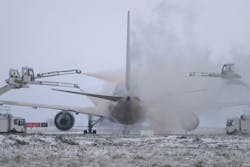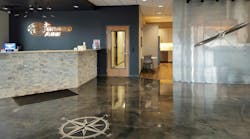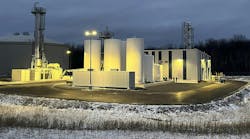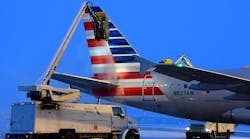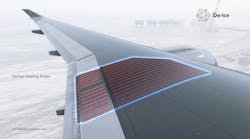When I read reports of mistakes no novice should even make, I worry that high turnover is eroding safety margins on ramps and airports.
The latest incident that came to my attention took place in Ottawa, Canada, but could have taken place anywhere in the United States or the world - at least the parts of the world that need aircraft deicing, where high turnover makes training and staffing a challenge.
In this particular incident, a Sunwing 737 headed for Varadaro, Cuba had to make an emergency landing back to Ottawa after smoke was reported in the cabin. The smoke turned out to be vapor from anti-icing fluid, which as you all know, when it gets into an engine will vaporize and can then be drawn into the cabin through the airconditioning system.
On this flight, glycol vapor appeared to passengers to be smoke and the crew made the correct decision to land the aircraft immediately. It’s just not safe to troubleshoot the origins of smoke while the aircraft is in the air.
What bothered me about this incident is that basic deicing training emphasizes the importance of keeping glycol away from the engines. That this incident occurred so late in the deicing season raises some troubling issues about the deicing company’s training program, staffing or both.
Fortunately, no one was hurt or killed. But an emergency landing always carries risks and, of course, costs associated with the aborted flight.
